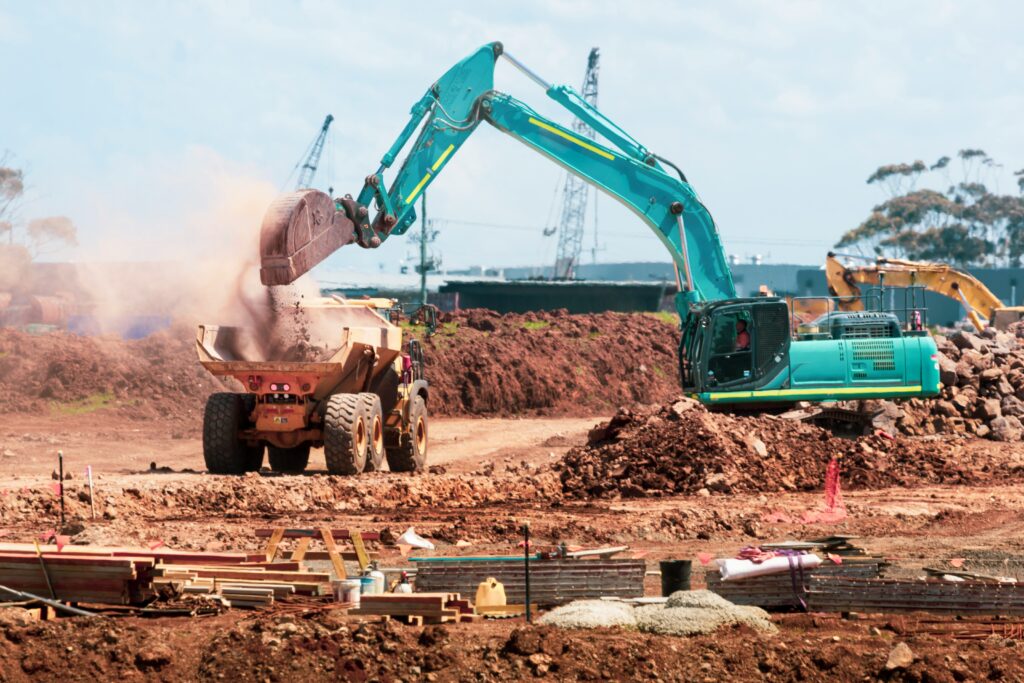
Photo by Troy Mortier on Unsplash
If you’ve ever driven through an endless construction zone and thought, “Will this ever be finished?”, you’re not alone. Orange cones, detours, and dust seem to stretch on forever. But behind the frustration is a reality: road construction is a lot more complex than it looks.
As someone working in transportation and construction, I can tell you—building or upgrading a road is more than just pouring asphalt. It’s an orchestra of design, engineering, logistics, funding, and sometimes, just plain waiting.
Planning Before Pavement
Long before a single cone hits the road, engineers are deep into planning. We’re talking traffic studies, environmental checks, drainage analysis, and community input. This stage alone can take years.
And it’s not just bureaucracy. Poor planning can doom a project from the start. Bent Flyvbjerg, a professor at Oxford, famously called this the “iron law of megaprojects”: projects almost always run late and cost more than expected. Roads are no exception.
The Hidden World Beneath the Asphalt
When drivers see a road, they see blacktop. What they don’t see are the gas lines, water mains, fiber cables, and sewers buried underneath. Moving those utilities is one of the biggest reasons projects drag out.
I’ve worked on “simple” widening jobs where the real headache was waiting for utility companies to relocate their lines. The public never sees that, and it can add months.
Weather, Materials, and Workforce
Construction is at the mercy of the seasons. Asphalt can’t be poured in extreme cold, heavy rains wash out schedules, and summer heat brings its own safety limits for crews.
And in 2020, added a twist of COVID-19. Supply chains were disrupted. Materials that normally showed up in weeks took months. Crews got smaller because of distancing rules. All of that stacked up into delays that no one could have predicted.
Safety First
A work zone is one of the most dangerous places on the road. For drivers, for workers, for everyone. That’s why safety rules often slow projects down. For example, you can’t just shut down a major lane during rush hour. Crews sometimes have to work nights or small windows between peak traffic. That stretches the timeline, but it saves lives.
The Funding Puzzle
And then there’s money. Public projects depend on federal, state, or local funding. Sometimes those funds are spread over multiple years or delayed by politics. No money? No progress. It’s that simple.
The Bigger Picture
The frustration we feel at long construction timelines is real, but it’s not laziness or inefficiency; it’s the complexity of modern infrastructure. Roads today aren’t just for cars. They have to carry utilities, support pedestrians and cyclists, drain stormwater, and meet strict safety and environmental standards.
So the next time you drive past those orange cones, remember: behind them is a system of planning, funding, and safety designed to make sure the road you eventually drive on is safer, smoother, and built to last.
